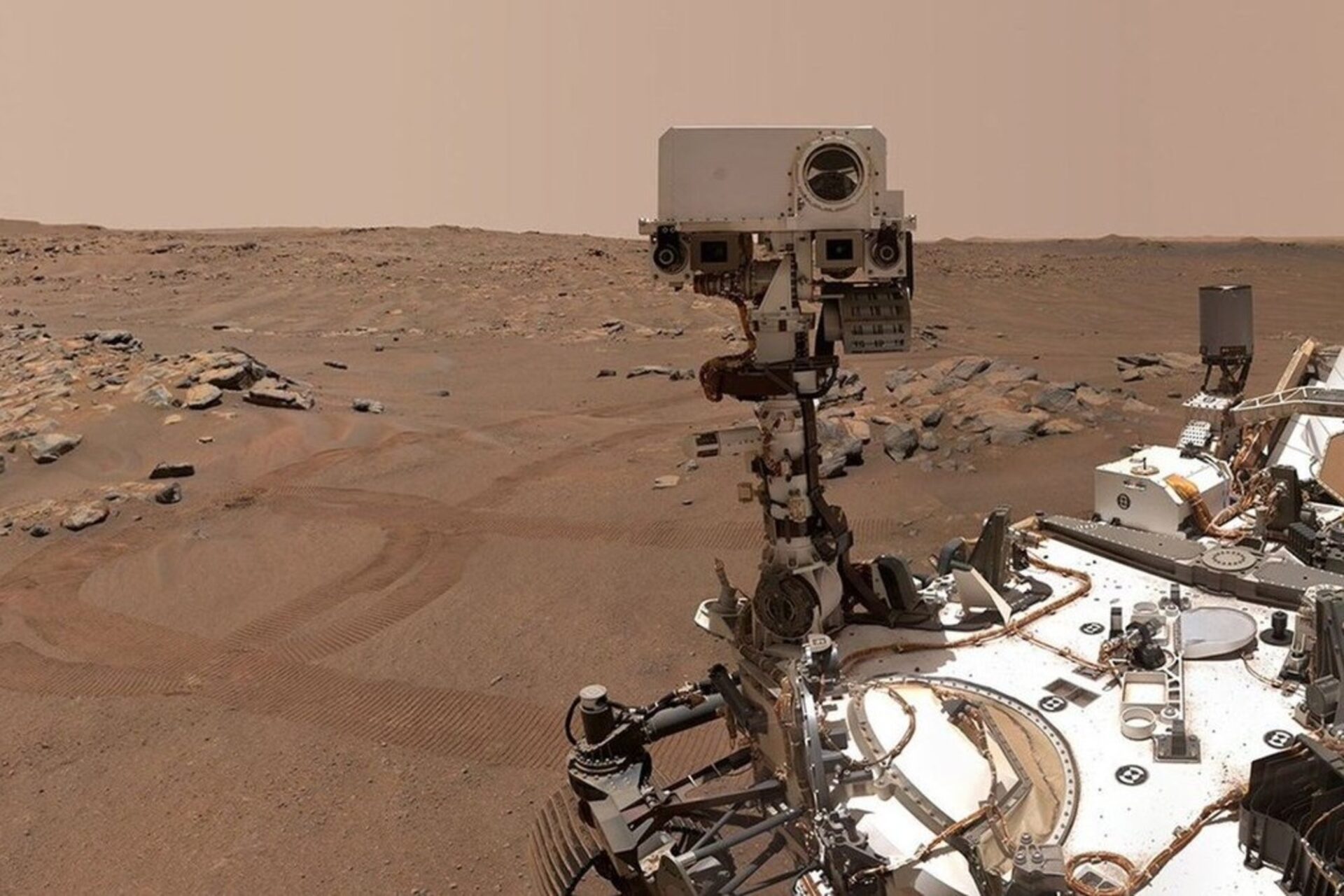
Kathmandu – For decades, humanity has wondered: Are we alone in the universe? Now, NASA’s Perseverance rover may have brought us one step closer to an answer.
In July 2024, while drilling into a rock core on Mars, the rover uncovered something truly intriguing. From a site known as the “Sapphire Canyon Mudstone”, Perseverance pulled out a sample containing minerals rarely seen together — vivianite (an iron phosphate) and greigite (an iron sulfide).
On Earth, these minerals are often linked to the activity of tiny microbes living in watery, oxygen-poor environments. Could Mars have once hosted similar conditions?
A team led by Joel A. Hurowitz of Stony Brook University thinks the discovery is worth paying close attention to. “Finding these minerals suggests processes that might have been biological,” the researchers said. Still, they cautioned that unknown chemical reactions could also explain their presence.
NASA’s acting administrator, Sean Duffy, called the discovery groundbreaking:
“Never before have we come this close to a possible signal of life on Mars.”
The rock itself comes from Cheyava Falls, part of an ancient river channel called Neretva Vallis. Alongside vivianite and greigite, the sample also revealed traces of iron oxides, phosphorus, sulfur, and even organic carbon — all key ingredients for life as we know it.
But NASA is clear: this is not proof of life, only what scientists call “potential biosignatures.” More evidence is needed before making such a historic claim. According to NASA’s Confidence of Life Detection (CoLD) scale, this research is still in its early stages.
So what comes next? Perseverance is caching these samples to be brought back to Earth in the coming years. Once here, scientists will conduct in-depth tests — isotope studies, carbon structure analysis, and microscopic imaging — to find out if the minerals were shaped by biology or by non-living chemistry.
For now, the discovery is an exciting reminder that Mars still holds secrets — and maybe, just maybe, signs that we are not alone.
FACEBOOK COMMENTS